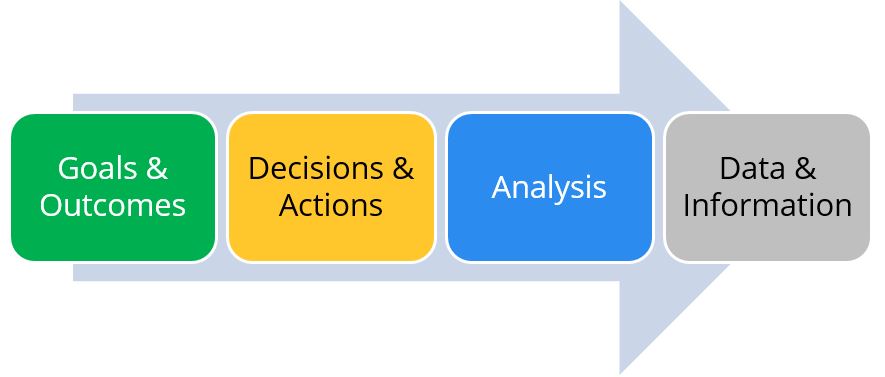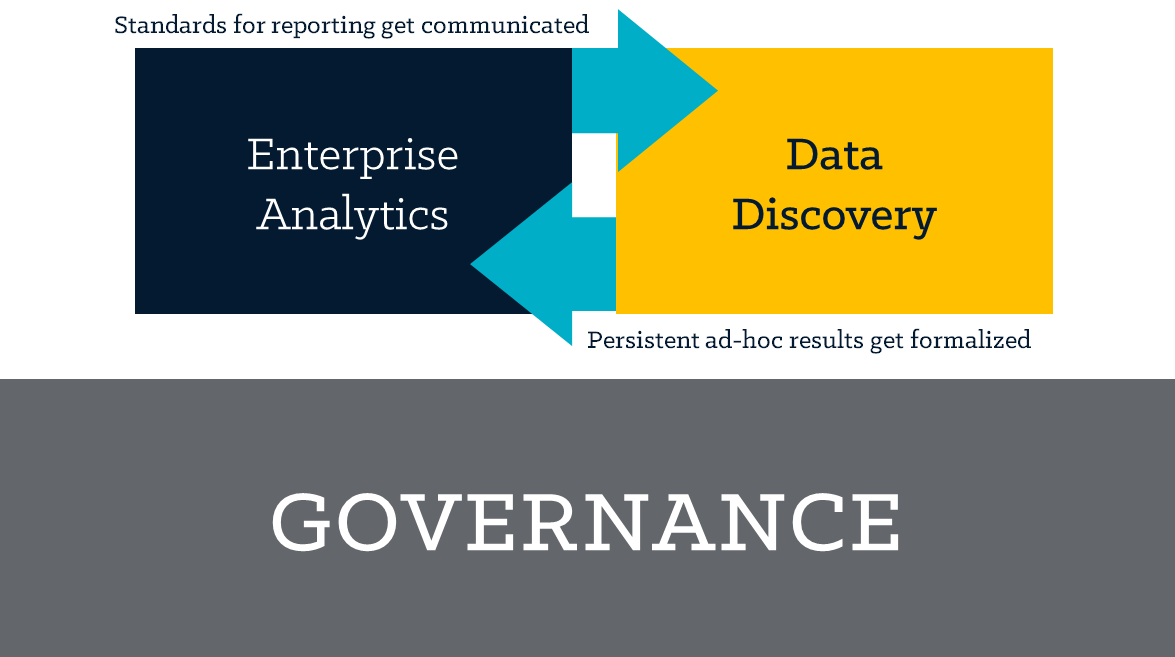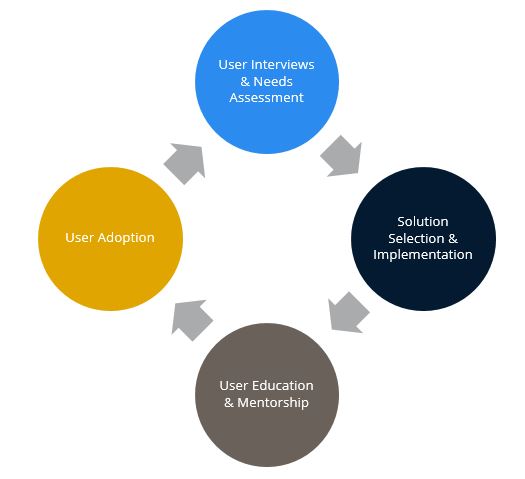3 Reasons Your Data & Analytics Roadmap Isn’t Helping You Reach Your Goals
Creating a data and analytics roadmap is an important first step in helping your organization utilize data to achieve growth, understanding, and action. But often we hear from clients that their roadmap isn’t leading them to their desired destination. While many are successful in laying out the technical requirements, identifying the path to business outcomes, and building the right foundation, they still find themselves unable to make sufficient progress towards their goals.
An analysis based on Ironside’s data and analytics maturity model suggests three possible reasons why:
1. Lack of a Holistic Strategy
It’s essential that your roadmap align with the long-term business objectives of your organization. This means you have to be very clear on what those objectives are and how each business area plans to achieve them. Talk to the executive and business stakeholders to identify what their goals are, and then demonstrate how the roadmap will advance those specific outcomes.

At the same time, be sure to use your data and analytics capabilities to continually support or negate your strategic choices. Historical and predictive analysis helps substantiate these choices and allows you to make adjustments based on actual data.
2. Lack of Governance
Governance — managing data, people, and processes to ensure the ongoing relevance, flexibility, and accuracy of a company’s analytic solutions — is the most frequently omitted component of a data and analytics roadmap. That’s understandable, since it’s also the most difficult and time-consuming aspect. It is, however, critically important and supports all types of analytics efforts, as shown below.

A well-established governance organization requires dialogue with key stakeholders, an understanding of respective decision rights, negotiation of roles and responsibilities, agreement on how to organize for success, and alignment on how to develop and implement standards and policies. The goal is to have governance work cross-functionally to help enable both the business strategy and the analytical strategy. This classic “go slow to go fast” approach, while it can appear counter-intuitive, is a key indicator of future success.
3. Lack of User Adoption
The culture of your organization — the degree to which employees understand and embrace the use of data and analytics in driving business decisions — is also a key consideration when creating a data and analytics roadmap. Successful organizations measure their cultural propensity to adopt analytical capabilities and design their roadmap around it.
Some organizations can accelerate their analytical agenda because they are already data-driven, while others will need to slow down, educate, train and make believers out of employees who are part of an intuition-based culture. Don’t assume that “if you build it, they will come;” a quick cultural assessment can help you avoid frustrating delays and restarts.

If your data and analytics roadmap isn’t accomplishing what you need, finding out why can help you better plan the journey and build a program for success. Make the right strategic choices and execute flawlessly; if you do, you can lead your organization to faster, more informed, more cost-effective decision-making, better outcomes, and even greater levels of innovation.
About Ironside
Ironside was founded in 1999 as an enterprise data and analytics solution provider and system integrator. Our clients hire us to acquire, enrich and measure their data so they can make smarter, better decisions about their business. No matter your industry or specific business challenges, Ironside has the experience, perspective and agility to help transform your analytic environment.






